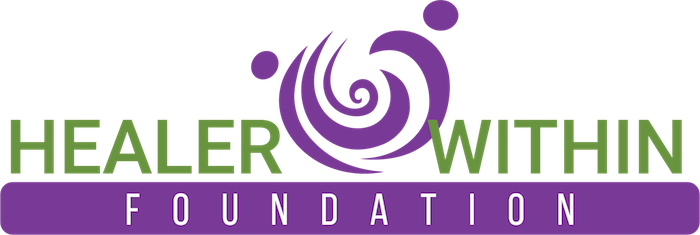This month, our 5th Saturday Gathering will focus on the topic of Medical Qigong. In keeping with that theme, we share an article contributed by IIQTC Senior Trainer, Brian Trzaskos, PT, LMT, CSCS, CMP, MI-C. Thanks to Brian for this great information and insight!
Round Up
Eloquent Tai Chi practice is characterized by rounded patterns of movement, which promotes many health benefits of their own. Stuart Brown is a play researcher who notes that when children or animals play they move in curvilinear patterns; and while at work or in aggressive situations move in linear or angular patterns. He continues to report that play states are associated with physiologic processes in alignment with a parasympathetic shift. If play states or parasympathetic processes naturally engender curvilinear movements, is it possible to mindfully perform rounded movements and in turn affect a parasympathetic shift?
Harvard researcher Amy Cuddy has shown that body posture affects neuro-hormone profiles revealing the idea that what we do with our body does indeed create change in our autonomic nervous system. Remember that healing occurs most efficiently in the parasympathetic state which has now been linked to rounded movement patterns!
Rounded movement may also protect joint structures. Even though gross anatomy seems a distant memory, recalling any major joints that are square has thus far eluded me. Might repetitive therapeutic movement in linear patterns like squats, over head presses, and long arc scaption be potentially dangerous to joint health? We believe that moving in accordance with natural joint lines decreases articular compression; and in the clinic have noted improved neuromuscular recruitment patterns as compared to linear movement exercises.
While Tai Chi naturally employs rounded movement, we can start to use this principle immediately in any clinical setting. Start today by shifting your clients’ linear exercise patterns to rounded patterns whether it’s standing hip abduction or shoulder flexion; and then evolve their rehabilitation programs to include classic Tai Chi gestures that engage the whole BodyMind.
